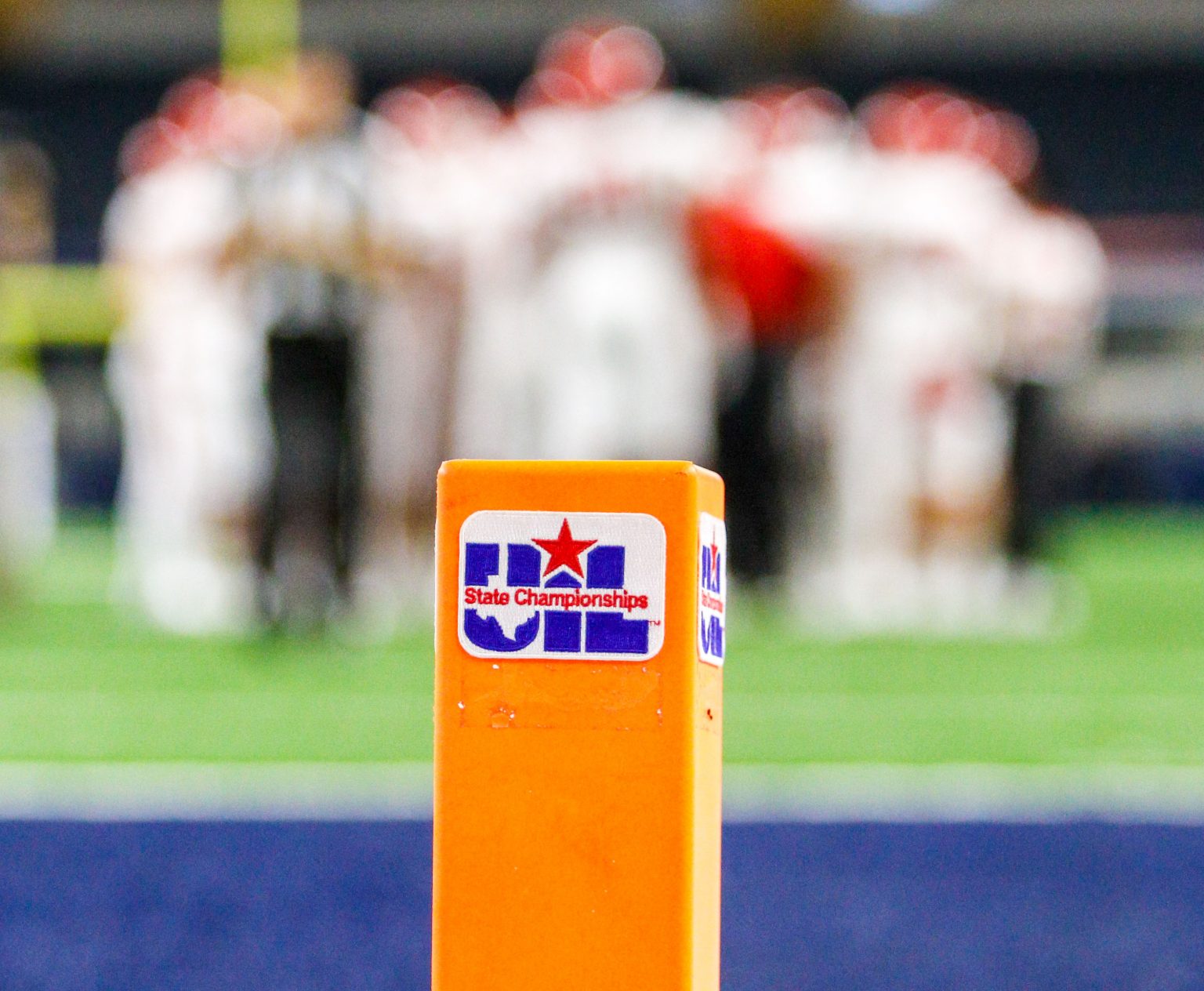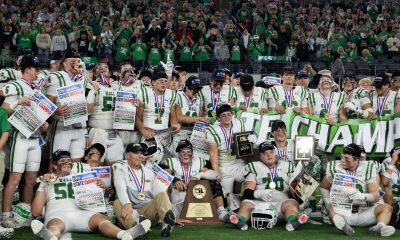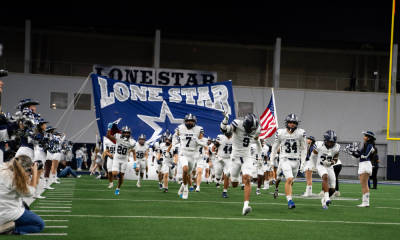The UIL estimates that 15,000+ athletes across all sports could transfer to Texas high schools this season. The estimate includes students who are changing schools within the state or moving in from out of state. Of that number, 45 students appealed a decision to the UIL; only 38 were denied—less than 1% of all transfers were ruled ineligible.
Since 1981, a rule by the UIL explicitly prohibits students from transferring for athletic purposes. The UIL’s inability to monitor such transfers has caused coaches to question their enforcement of the rule.
Finally, the organization may be doing something about it.
“We fully intend to bring some changes to the process,” UIL deputy director Jamey Harrison told the Dallas Morning News. “This isn’t necessarily changing eligibility rules, but tweaks to the process for applying those rules. We fully intend to bring those to the legislative council at the October meeting.”
In an era of social media and camps prevalent throughout the Lone Star State, coaches have called for changes to prevent the rise of “super teams.” Pre-1981, the rule restricted transfers from competing for one year, regardless of the reason for changing schools.
The current transfer’s varsity eligibility is a mere two-page document that consists of six yes or no questions about why they’re switching schools. Outside of the UIL, no neutral third party decides the outcomes of eligibility rulings.
Coaches have expressed their concern about student athletes acting like free agents and selecting powerhouse Texas high school programs, as well as charter schools, over those in their school district.
The question of high school sports’ integrity is on the line; it’s up to the UIL to follow through this October.

















